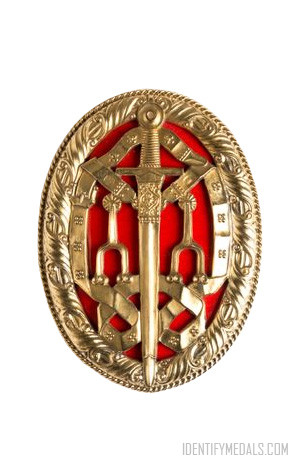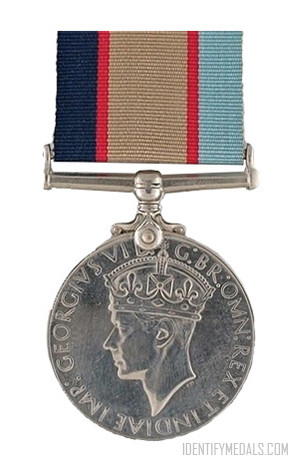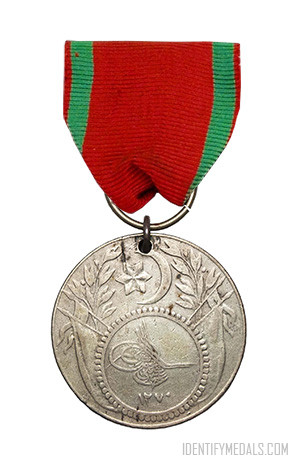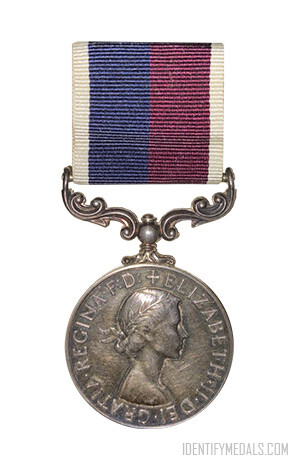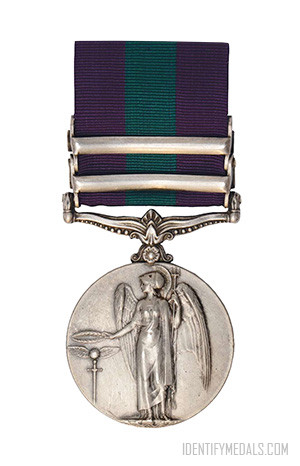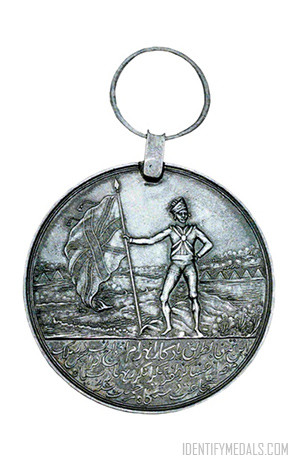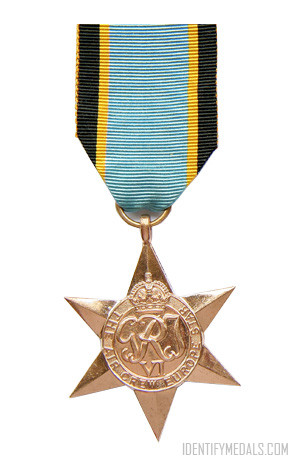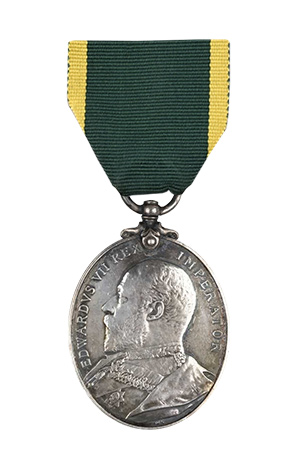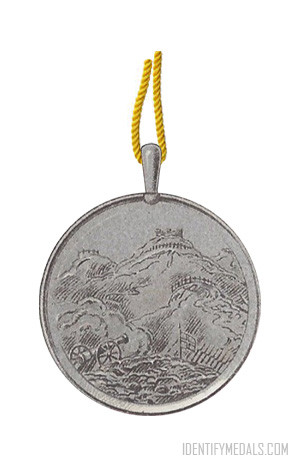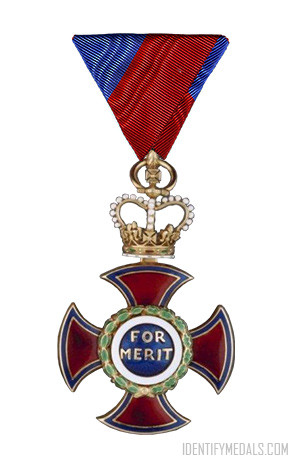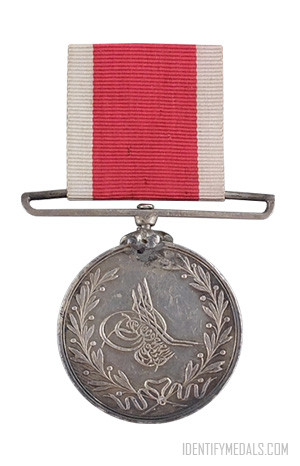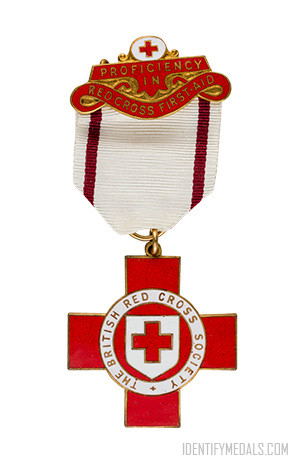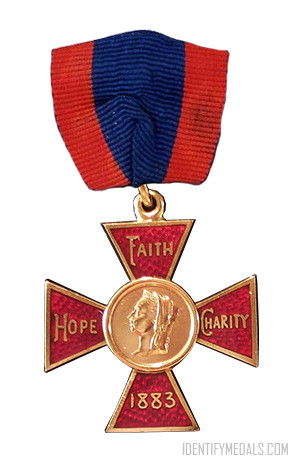- Time Period: Interwar Period
- Year of Institution: 21 April 1926
- Country: Great Britain
The title of Knight Bachelor (KB) as introduced by King Henry III to recognize a battelier (someone who fought in battle). The badge was authorized by George V in response to a request from the Imperial Society of Knights Bachelors who wished to have a distinctive badge denoting their rank.
Knights Bachelor are the most ancient sort of British knight, but Knights Bachelor rank below knights of chivalric orders. There is no female counterpart to Knight Bachelor.
The Knight Bachelor’s Badge Design
The badge is a silver-gilt and enamel upright oval medallion enclosed by a scroll and bearing a cross-hilted sword, belted and sheathed with the pommel upwards. It’s surrounded by two spurs, rowels upwards, and a sword-belt.
Some pre-war breast badges are struck in metal. The badge measures a maximum of 76.50 millimeters high and 56.50 millimeters wide, but it was reduced in 1933 to 63.25 mm and in 1973 to 54 mm.
The ribbon measures 38 millimeters and is scarlet with broad yellow borders.

